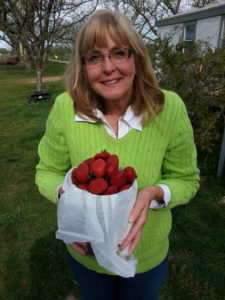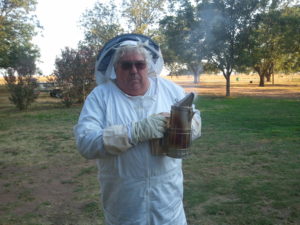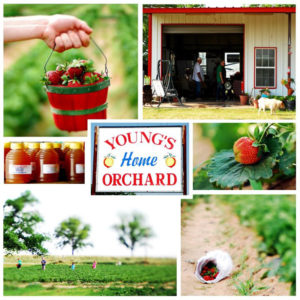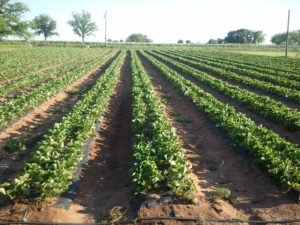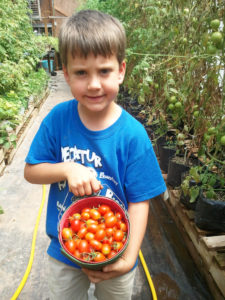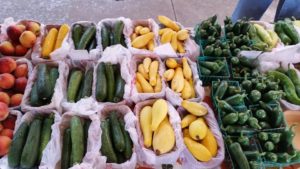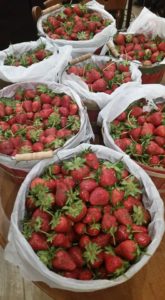Country Lifestyles
April 2018 Profile – Young Orchard & Berry Farm
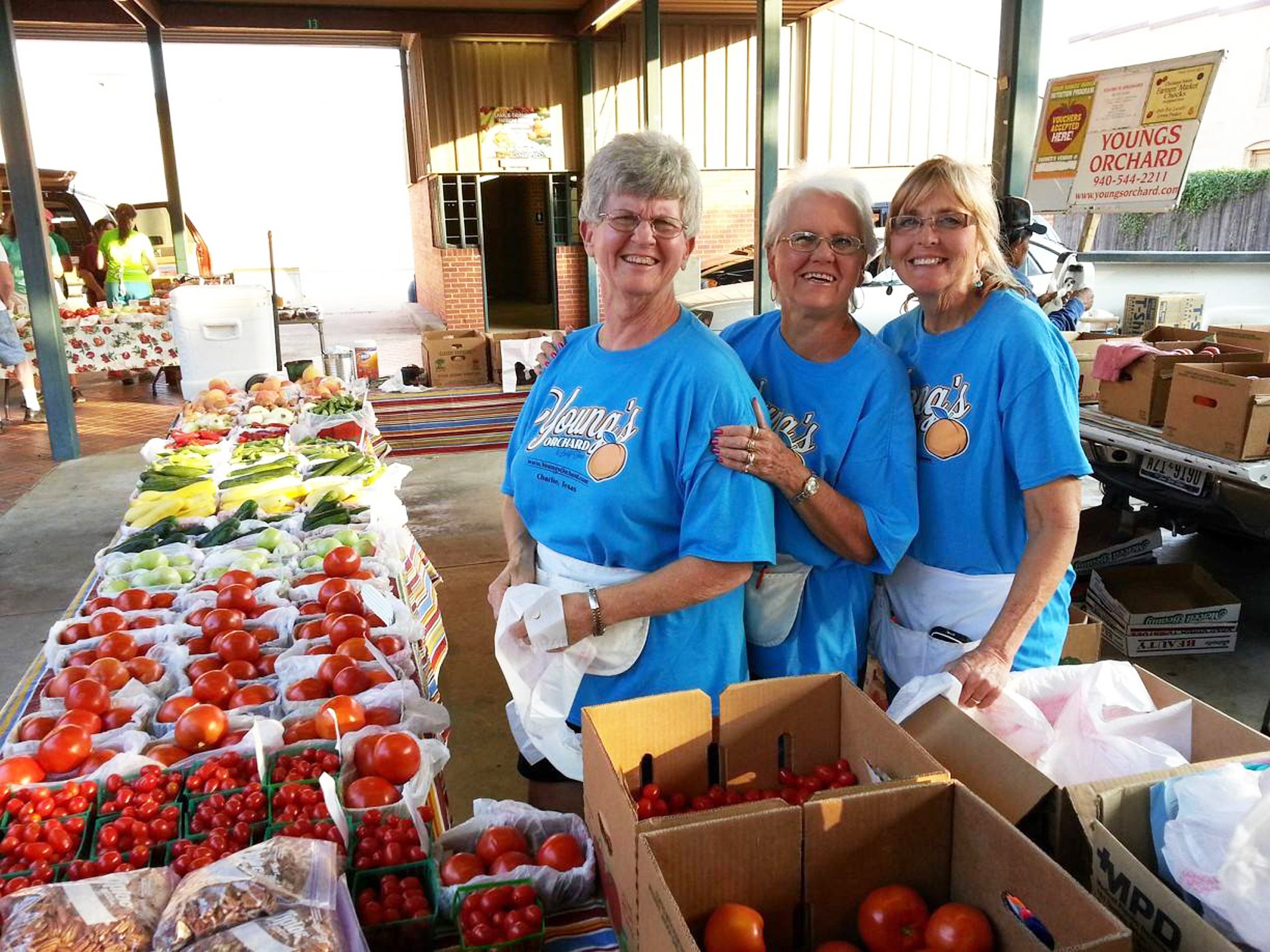
By Jessica Crabtree
Driving north of Henrietta in Clay County up Farm to Market road 810 will lead you to the small community of Charlie. There you will find tree after tree of pecan and peach orchards and row after row of produce. Fresh from the ground, the land around Charlie is made up of sand and clay. Charlie resident and owner of Young’s Orchard and Berry Farm Steve Young said, “We have sandy soil with clay underneath.” The mixture proves effective for the yielding of fruit and vegetables, “Sand doesn’t hold nutrients; however, the clay underneath holds the water in. Clay is also finer material and sticks and holds tight.” Young added, “We drilled for water 20 foot and found it. We drilled further to 45 feet and run out. Here we are a part of the Alluvial Aquifer from the north fork of the Red River.”
Young is a third generation produce-grower. Originating in the Panhandle of Texas in Muleshoe, Young’s grandfather Dillard Chitwood came to Charlie in 1945 and bought property for himself and his brother. “That was a year before I was born. He [Dillard Chitwood] would spend his summers here in Charlie and winters in Muleshoe,” Young detailed.
Starting with 110 acres, his grandfather eventually added another 100 acres, developing the family’s orchard of pecan and peaches, mostly peaches. From a very early age Young and his family traveled summers to the orchard to spend time with his grandfather and work the orchard. “I remember coming here as a little boy, climbing trees. I had an attachment to here,” Young acknowledged.
In his adult life, Young’s occupation was in the business telephone system industry, where he retired from after 30 years. With the orchard being close to Young’s heart, he and wife Jan considered retirement, but first purchased 50 acres of family land in Charlie in ’96. Living in Keller and maintaining both their careers in the telephone industry, Jan with Southwestern Bell, Young’s parents J.B. and Grace Chitwood had a surplus of peaches. “My dad began having health issues. So we began to develop a market for his peaches to make it easier on him. This was the mid ‘80s, and as I worked in the telephone industry converting communication for stores, I made connections with several grocery store chains,” Young explained.
To read more pick up a copy of the April 2018 issue. To subscribe call 940-872-5922.
Country Lifestyles
While We Were Sleeping
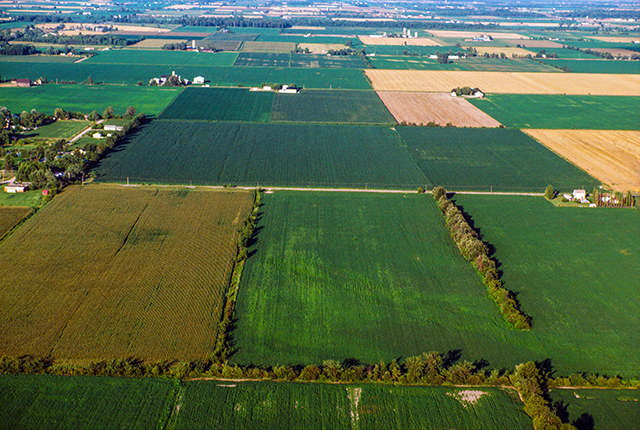
By Martha Crump
That old adage, “What you don’t know won’t hurt you.,” may have some basis in truth when applied to minor situations. However, when what you don’t know is presented in the form of a “Trojan Horse” and is what amounts to an incredible attempt to fleece American property rights, it becomes a different story altogether.
To put this unbelievable tale together, we need to step back to Joe Biden’s 2021 Executive Order which pledged commitment to help restore balance on public lands and waters, to create jobs, and to provide a path to align the management of America’s public lands and waters with our nation’s climate, conservation, and clean energy goals.
To read more, pick up a copy of the April issue of NTFR magazine. To subscribe by mail, call 940-872-5922.
Country Lifestyles
Lacey’s Pantry: Strawberry Sorbet

By Lacey Vilhauer
Ingredients:
1 whole lemon, seeded and roughly chopped
2 cups sugar
2 pounds strawberries, hulled
Juice of 1 to 2 lemons
¼ cup water
Directions:
Place the chopped lemon and sugar in a food processor and pulse until combined. Transfer to a large bowl. Puree the strawberries in a food processor and add to the lemon mixture along with juice of one lemon and water. Taste and add more juice as desired.
To read more, pick up a copy of the April issue of NTFR magazine. To subscribe by mail, call 940-872-5922.
Country Lifestyles
A Mountain Out of a Molehill

By Nicholas Waters
As winter plods along – come Spring and gopher mounds – homeowners and farmers find themselves playing a familiar song – fiddling while Rome is burning.
Let’s make a mountain out of a molehill. Those mounds on your lawn and pasture could be moles, but they’re more than likely gophers; Plains Pocket Gophers to be pragmatic – Geomys bursarius to be scientific.
These rodents dig and chew, and the damage they can do goes beyond the mounds we mow over. Iowa State University cited a study in Nebraska showing a 35 percent loss in irrigated alfalfa fields due to the presence of pocket gophers; the number jumped to 46 percent in decreased production of non-irrigated alfalfa fields.
The internet is replete with academic research from coast-to-coast on how to curtail gopher populations, or at least control them. Kansas State University – then called Kansas State Agricultural College – also published a book [Bulletin 152] in February 1908 focused exclusively on the pocket gopher.
To read more, pick up a copy of the April issue of NTFR magazine. To subscribe by mail, call 940-872-5922.
-

 Country Lifestyles1 year ago
Country Lifestyles1 year agoScott & Stacey Schumacher: A Growth Mindset
-

 Equine7 months ago
Equine7 months agoThe Will to Win
-

 Country Lifestyles7 years ago
Country Lifestyles7 years agoStyle Your Profile – What your style cowboy hat says about you and new trends in 2017
-

 Country Lifestyles4 years ago
Country Lifestyles4 years agoAmber Crawford, Breakaway Roper
-

 HOME7 years ago
HOME7 years agoGrazing North Texas – Wilman Lovegrass
-

 Country Lifestyles7 years ago
Country Lifestyles7 years agoDecember 2016 Profile, Rusty Riddle – The Riddle Way
-

 Country Lifestyles8 years ago
Country Lifestyles8 years agoJune 2016 Profile – The man behind the mic: Bob Tallman
-

 Outdoor9 years ago
Outdoor9 years agoButtercup or Primrose?

